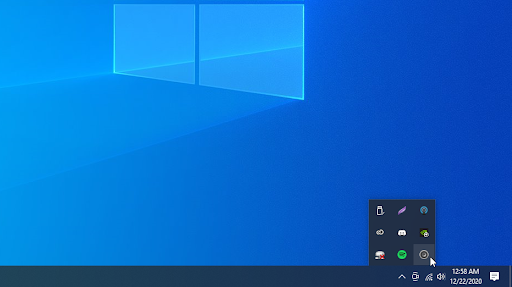

b2 looks for configuration files, reads them and builds a project accordingly. This code will stabilize your microphone volume even if you don't have teams on, so feel free to use it that way as well. The program you use to build a project managed by Boost.Build is called b2.If you downloaded and built the Boost C++ libraries you have used b2 already. I should add that for this code to work, you need to have nircmd.exe in the same directory as the code file.Īlso, to stabilize Teams master volume you need to run this code before each meeting because the code goes into a loop and won't get out until the nircmd command is finished. An FPS boost for Backwards Compatible titles on console, an acknowledgement of 21H1, and even some Edge updates at the forefront.
#HOW TO BOOST GAIN WINDOWS 10 WINDOWS 10#
# nircmdc.exe loop /number of loops/ /time in ms to execute one loop/ setsysvolume /65536 = 100%/ /device/ Microsoft Weekly: Trying Edge, FPS Boost, and Windows 10 21H1. Os.system("nircmdc.exe loop 144000 250 setsysvolume 45875 default_record") After you made the changes, dont forget to click Apply and OK.
#HOW TO BOOST GAIN WINDOWS 10 HOW TO#
Volume = session._ctl.QueryInterface(ISimpleAudioVolume) By moving the slider to the right, you can increase the Microphone boost up to +30 dB. In this video tutorial, I will show you guys how to boost or increase your Microphone Volume in Windows 10 PC or Laptops.Note:- This video has followed all.

Sessions = AudioUtilities.GetAllSessions() Here is the code if you were looking for something similar: # STAN = Set Teams Auto-adjustment to Normalįrom pycaw.pycaw import AudioUtilities, ISimpleAudioVolume With that, I wrote a code that sets Teams' master audio and microphone volume back to my desired volume. Ok so after a long digging, I found nircmd.exe extension for command prompt, that can handle changing audio settings.


 0 kommentar(er)
0 kommentar(er)
